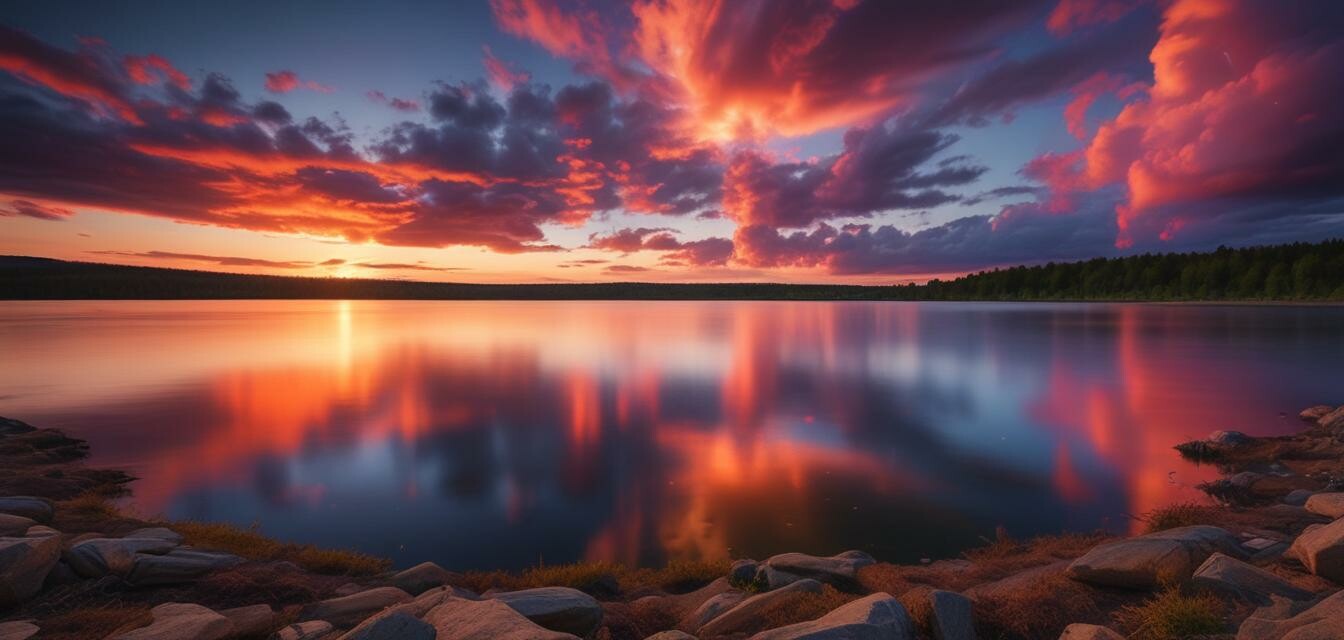
Creating Stunning Time-Lapse Videos with Action Cameras
Key Takeaways
- Choose the right settings for stunning results.
- Adjust interval timing based on the scene.
- Editing plays a crucial role in enhancing your time-lapse videos.
Time-lapse photography is an exciting way to showcase changes over time in a condensed format. Using action cameras for capturing time-lapse videos allows for versatility and high-quality results. In this article, we will explore how to effectively use action cameras to create stunning time-lapse videos with an emphasis on settings, interval timing, and editing techniques to achieve professional-looking outcomes.
Understanding Time-Lapse Photography
Time-lapse photography involves taking a sequence of photos at set intervals to record changes happening over time. When the sequence of images is played at normal speed, time appears to be moving faster. This technique creates fascinating video content for various creative projects.
Why Use Action Cameras for Time-Lapse?
Action cameras, like the AKASO Brave 4, are compact, durable, and capable of capturing high-quality video and images. Their features make them ideal for time-lapse photography:
- Lightweight and easy to mount in various locations.
- High video resolution for clear visuals.
- Durability and waterproof capabilities for outdoor shooting.
AKASO Brave 4 Action Camera
Experience 4K video recording and 20MP photos with the AKASO Brave 4. This waterproof camera features image stabilization and multiple viewing angles, perfect for capturing outdoor adventures.
More DetailsSetting Up Your Action Camera for Time-Lapse Videos
Here are some critical settings to configure to achieve stunning time-lapse videos:
Optimal Camera Settings
| Setting | Recommendation |
|---|---|
| Video Resolution | 4K or 1080p for best quality |
| Frame Rate | 30 fps or higher for smooth playback |
| Interval Timing | 2 seconds for fast-moving scenes, 10-30 seconds for slower scenes |
| Battery Life | Use an external power source for long recordings |
Choosing the Right Interval Timing
Interval timing is crucial in capturing the essence of time-lapse. Here are some guidelines:
- Fast Movement: For scenes with rapid action, such as clouds moving quickly, use shorter intervals (1-2 seconds).
- Slow Changes: For gradual changes, consider longer intervals (5-10 seconds) like sunsets or flower blooming.
- Dynamic Scenes: Adjust timing according to activity level in the scene for best results.
Editing Your Time-Lapse Videos
Editing is where you can transform your raw footage into a masterpiece. Here’s how to do it effectively:
Step-by-Step Editing Guide
- Import your footage into a video editing software.
- Trim and arrange clips to remove unnecessary content.
- Speed up the footage to enhance the time-lapse effect.
- Apply color correction to enhance the visual appeal.
- Consider adding music or sound effects for an engaging experience.
Additional Tools for Better Time-Lapse Videos
To enhance your time-lapse video creation, consider using:
- Tripods or mounts for stability.
- External batteries or chargers to extend recording time.
- Filters for enhancing colors and contrast in various lighting conditions.
Digital Camera for Photography
Capture high-quality images and videos with this compact retro camera, featuring a flip screen and advanced connectivity options for vlogging and photography.
See ProductConclusion
Creating stunning time-lapse videos with action cameras is achievable with the right knowledge and tools. By adjusting your settings, experimenting with interval timing, and mastering the editing process, you can produce professional-quality videos that capture the beauty of time in motion. Whether you’re looking to document a breathtaking sunset or the bustle of a city, time-lapse photography can be a rewarding avenue for expression.
Photography Tips for Beginners
- Practice regularly to improve your skills.
- Experiment with different settings and angles.
- Join online forums or groups for feedback and support.
Explore More Resources
For further learning, check out our other resources:

